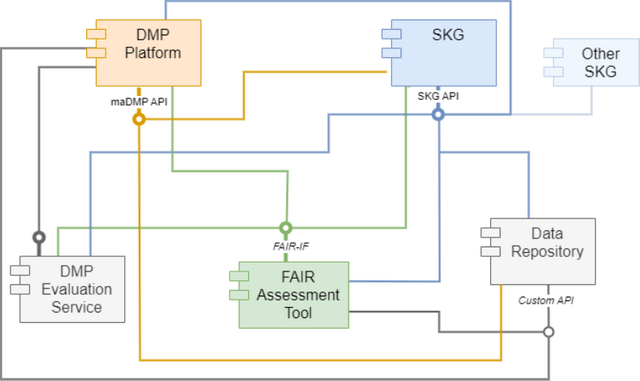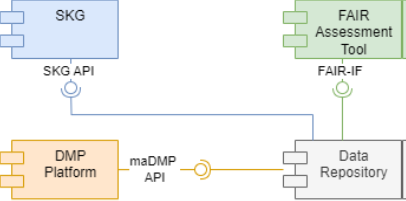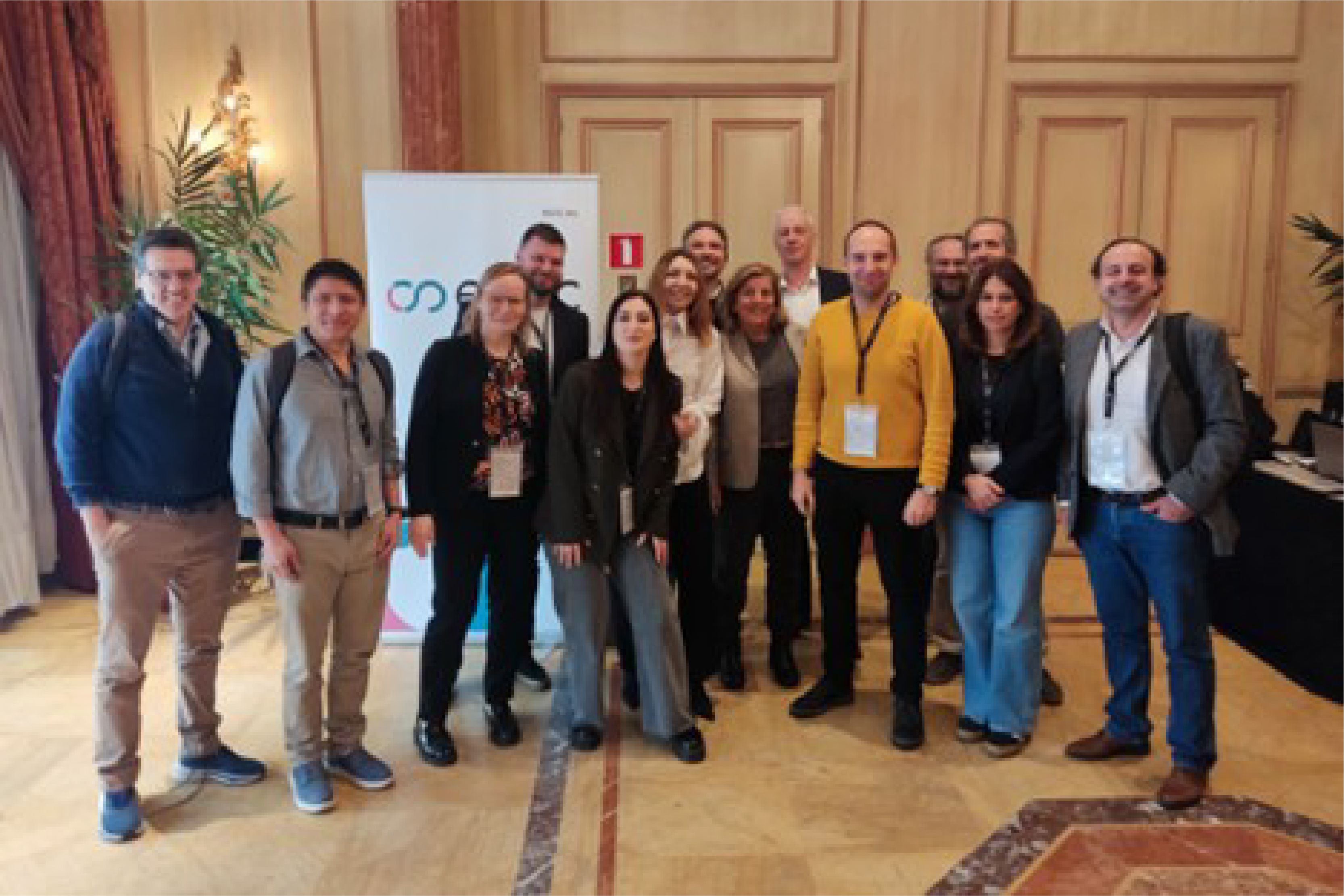OSTrails Reference Architecture V1: The Foundation for Interoperable Research Tools

Today’s research depends on a wide variety of digital tools and platforms. However, these systems frequently operate in isolation. Researchers repeatedly enter the same information across systems. Support staff find it difficult to connect research outputs across different systems. Infrastructure teams must manage complex integrations. Funders and policymakers, meanwhile, are left without consistent or reliable insights.
The OSTrails Interoperability Reference Architecture has been designed to address these challenges. It provides a flexible, standards-based blueprint that enables research tools and services to communicate and work together in a connected, interoperable ecosystem. In doing so, it supports more efficient workflows, improves transparency, and strengthens the connections between systems across the research lifecycle.
Key Takeaways
Connects research tools through a flexible, standards-based architecture
Built on the PTA Framework for interoperability across the research lifecycle
Integrates three core components: DMP-IF, SKG-IF, and FAIR-IF
Supports researchers, support staff, developers, infrastructure teams, and funders
Ready for real-world testing, with updates guided by pilot results and community feedback
A Blueprint for Connecting Research Tools
The Reference Architecture is not a new tool. Instead, it is a shared framework that defines how existing platforms involved in research data management, such as Data Management Planning (DMP) platforms, Scholarly/ Scientific Knowledge Graphs (SKG), and FAIR assessment tools, can interact using common standards and APIs. Rather than enforcing a one-size-fits-all solution, the architecture supports adaptation to local contexts while maintaining interoperability across the wider Open Science ecosystem.
Why It Matters for the Research Community
The OSTrails Architecture focuses on solving practical challenges researchers and institutions face every day.
- Researchers can focus on their scientific work rather than administrative overhead. Tasks such as updating Data Management Plans, linking research outputs, or checking FAIRness can occur automatically in the background.
- Support staff and librarians are better equipped to provide integrated, end-to-end services that reduce duplication of effort and improve data stewardship across projects and departments.
- Developers and infrastructure teams benefit from a shared reference model for building and maintaining tools that use common standards and APIs, making integration more efficient and sustainable.
- Funders and policy makers gain access to more consistent, interconnected data on research outputs, supporting improved monitoring of FAIR compliance and Open Science adoption at scale.
What’s Inside the Architecture?
The architecture builds on the OSTrails Pathways, blueprints that map how services like DMP platforms, SKGs, and FAIR assessment tools interact across the research lifecycle, and provides a practical model for aligning research systems with Open Science principles, focused on usability, automation, and real-world adoption.
At its core, the architecture introduces three dedicated interoperability frameworks (IFs), DMP-IF, SKG-IF, and FAIR-IF. Each framework has been developed using established community standards, while ensuring they remain adaptable to the evolving needs of researchers, institutions, and service providers.
- DMP-IF: Supports dynamic, machine-actionable (ma) DMPs by enabling real-time updates via shared APIs. For example, when a dataset is published, the system can automatically update the relevant DMP. It builds on the RDA DMP Common Standard, enriched with an application profile tailored to funder and community needs.
- SKG-IF: Facilitates consistent, structured metadata exchange through Scientific Knowledge Graphs. It extends the RDA SKG-IF Core Data Model with mechanisms to handle domain-specific entities like instruments and provenance. A dedicated API supports rich querying, semantic filtering, and relationship-based discovery of research outputs.
- FAIR-IF: Brings alignment and transparency to FAIR assessments by standardising how test results are described and shared. Built on DCAT and DQV standards, it introduces a common output model and API structure, enabling tools to compare results and integrate assessment data into other workflows.

OSTrails Reference Architecture and the Three Interoperability Frameworks: Orange: Elements covered by DMP-IF; Blue: Elements covered by SKG-IF; Green: Elements covered by FAIR-IF; Grey: Relevant elements not covered by OSTrails IFs (may follow existing or external standards).
How Does It Work in Practice?
Consider a researcher uploading a dataset to an open-access repository. With the OSTrails architecture in place:

Diagram depicting interaction between components used in the example.
-
A FAIR assessment tool automatically evaluates the dataset’s metadata and returns actionable feedback (via FAIR-IF).
-
The repository links the dataset to related publications or projects using a Scientific Knowledge Graph (via SKG-IF).
-
The dataset metadata, such as its DOI, location, and licence, is automatically recorded in the project’s Data Management Plan (via DMP-IF).

Diagram depicting communication between components used in the example.
All of this occurs without additional manual steps, offering a streamlined, interconnected user experience.
What Stage Is It At?
The Reference Architecture is now established and ready for real-world application. It is currently being tested and refined through OSTrails pilot cases, hackathons, and collaborations with Research Data Alliance (RDA) and EOSC Working Groups. Community feedback and practical implementation will inform iterative updates, with new versions planned for release in early and late 2026.
For the research community, this represents a critical step toward infrastructure that is no longer fragmented, but connected by design, an ecosystem where systems speak the same language, and Open Science becomes a natural part of everyday research.
Read the full architecture deliverable!



